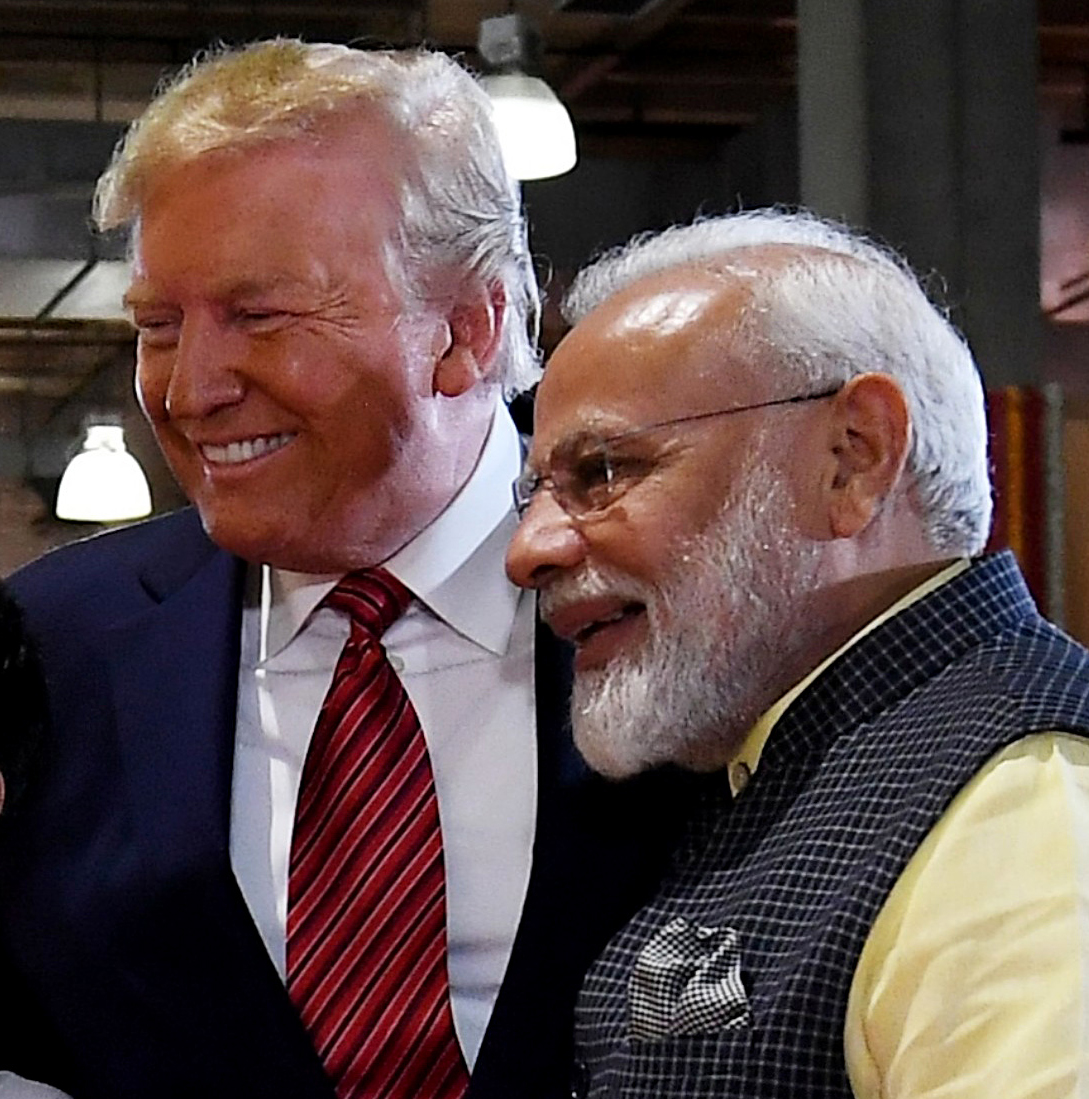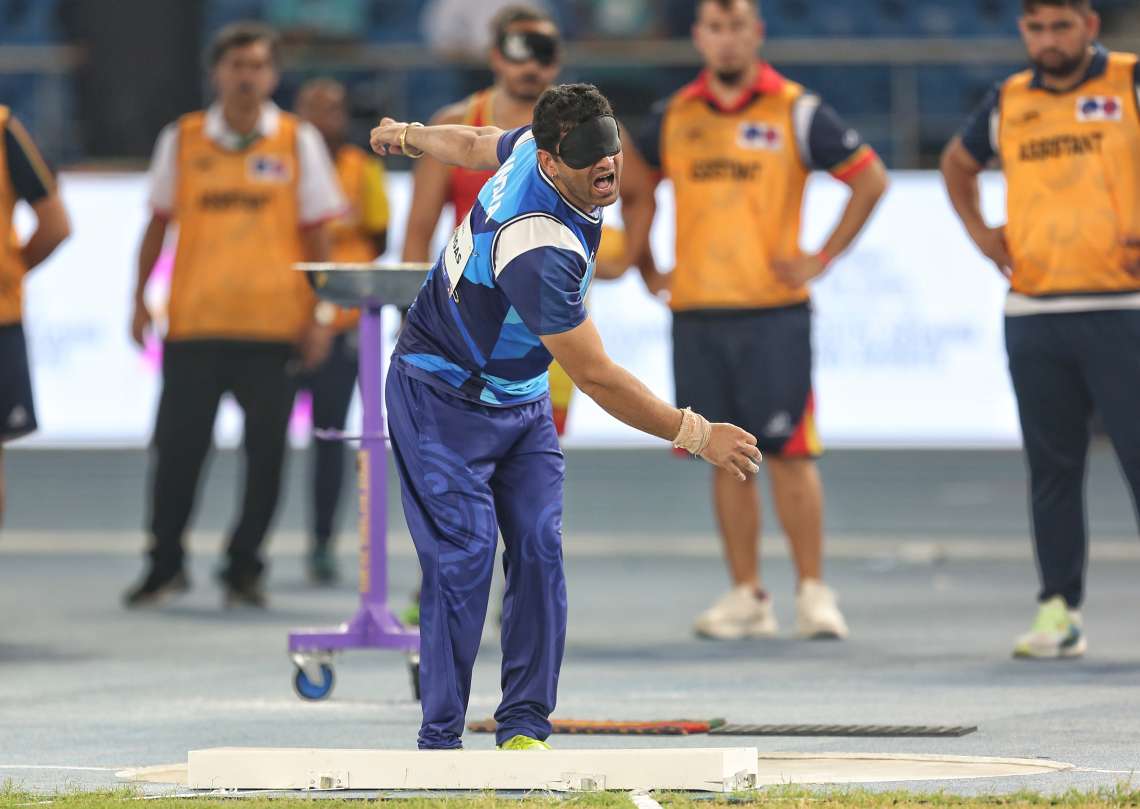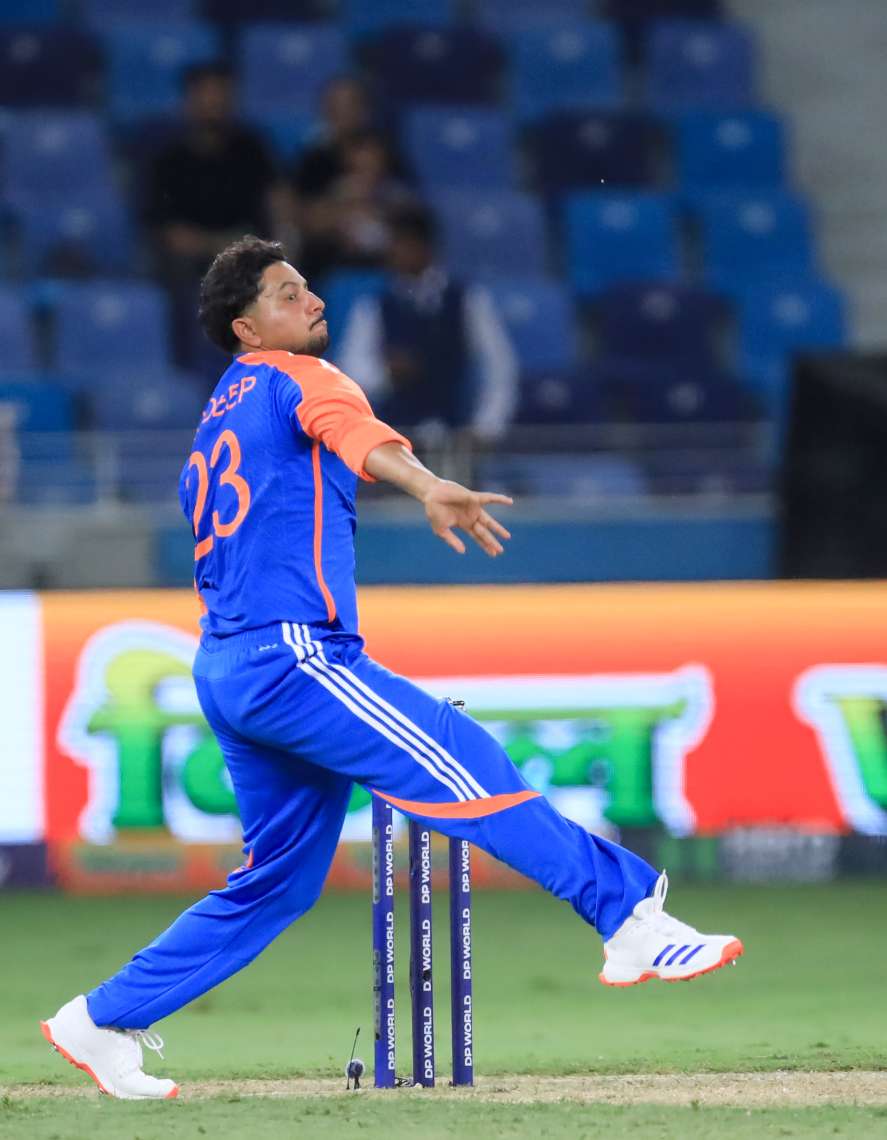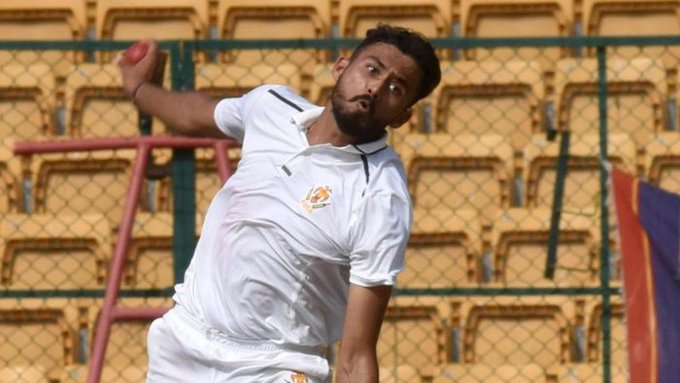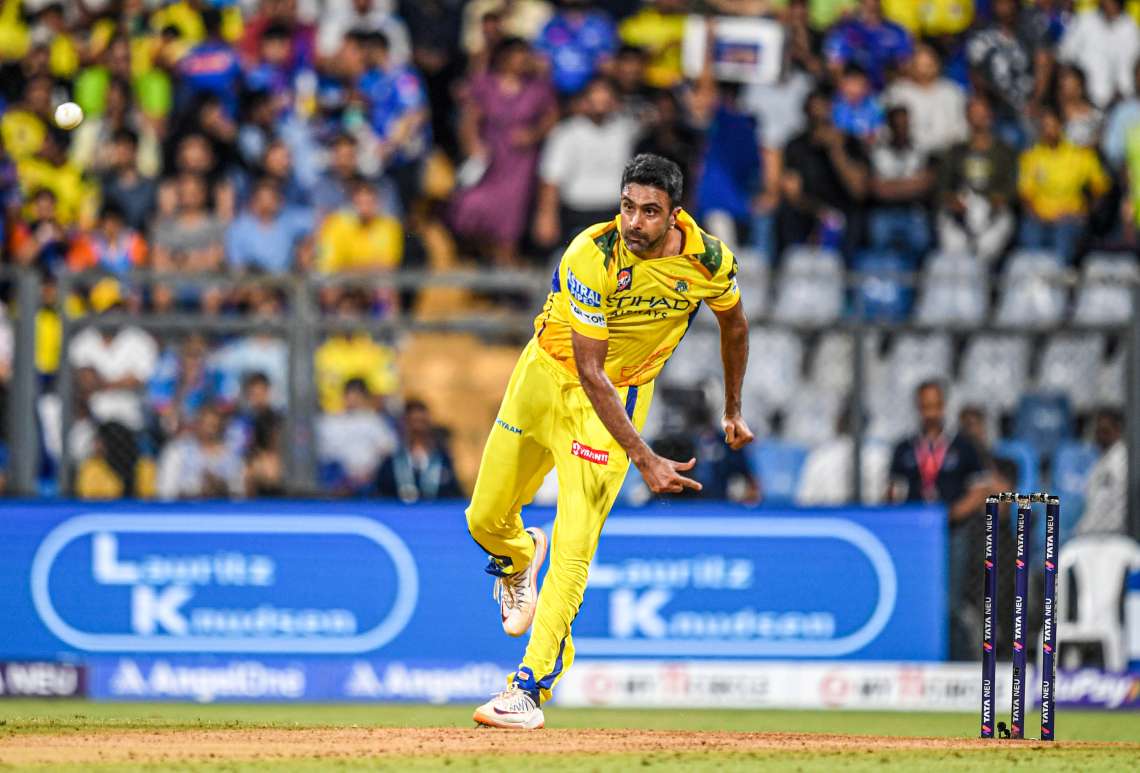In the 2021 T20 World Cup in the UAE, India failed to qualify for the semifinals, losing to Pakistan and New Zealand…reports Asian Lite News
Come Sunday, and all the attention in the 2022 ICC Men’s T20 World Cup will be grabbed by the clash between neighbours India and Pakistan — mainly dubbed as the ‘greatest rivalry’ — in Group 2 of Super 12 stage at the Melbourne Cricket Ground.
India’s clean slate of wins over Pakistan in T20 World Cups was shattered when Babar Azam and Mohammad Rizwan chased down 151/7 comfortably, after left-arm pacer Shaheen Shah Afridi’s burst through the Indian top-order in 2021. Here is a SWOT analysis of India and Pakistan ahead of Sunday’s marquee clash.
INDIA
Strengths: Post the early exit from the 2021 World Cup in the UAE, India have won almost every bilateral series, barring a drawn 2-2 series against South Africa at home in June. But what stands out as a huge strength is their renewed approach with the bat. If they were timid in 2021, they have turned the tables in 2022.
Since the time Rahul Dravid and Rohit Sharma have taken charge of the team, India’s batting approach has been aggressive, ultra-attacking and utilising the resources to their best ability. Apart from this, India have also shown that they can be flexible with their batting line-up; every player is ready to do any kind of role that the team requires in a certain situation.
Weaknesses: The absence of fast-bowling spearhead Jasprit Bumrah is an absolutely huge blow to India’s chances even before they left for Australia. Not only will India be without their best pacer in the tournament, who clocked a high of 140kph, they will also be missing the services of a proficient bowler who could bowl in any phase and any situation in T20Is.
Despite the presence of the experienced duo, Bhuvneshwar Kumar and Mohammed Shami, who took 11 wickets in the powerplay in Gujarat Titans’ victorious run in IPL 2022, India’s fast-bowling department is relatively inexperienced and has a glaring weakness of giving away runs in the death overs, as seen from them losing six out of nine times despite getting 175-plus scores.
Opportunity: Despite being touted as pre-tournament favourites for winning the T20 World Cup silverware in many previous editions, India haven’t won the title after winning the inaugural edition in 2007 in South Africa, with the next best finish coming as runners-up in the 2014 T20 World Cup in Bangladesh.
In the 2021 T20 World Cup in the UAE, India failed to qualify for the semifinals, losing to Pakistan and New Zealand. Moreover, Pakistan have recently rejigged their middle-order, promoting Shadab Khan and Mohammad Nawaz whenever spinners are operating. If India bring pacers straight on, they can make inroads through Pakistan’s soft underbelly.
Threats: Since the start of 2018, India have won 80 per cent of the matches while chasing, as compared to 57 per cent when batting first. Moreover, their 10-wicket loss to Pakistan came while batting first. In that defeat, left-arm pacer Shaheen Shah Afridi was the star performer, picking 3/31 in his four overs and taking out the top three of Rohit Sharma, KL Rahul and Virat Kohli. Though Australian pitches provide tons of pace and bounce, India will have to be very careful of Afridi on Sunday in a packed MCG apart from some left-arm spin.
PAKISTAN
Strengths: It is no secret that Pakistan’s biggest strength lies in their opening pair of skipper Babar Azam and wicketkeeper Mohammad Rizwan, apart from fast bowlers Shaheen Shah Afridi, Mohammad Wasim Jr and Haris Rauf.
The two have been the most prolific run-scorers for Pakistan in the last few years in T20Is and in their run to the semifinals last year, Babar and Rizwan were leading run-scorers for the team with 303 and 281 runs respectively.
Their record while batting together is blazing — Babar and Rizwan have put on stands of 150 runs or more as partners five times in T20Is, the most recent being their astonishing 203-run opening stand against England just a month ago in Karachi.
Weaknesses: If Babar and Rizwan are the strengths of Pakistan, their middle-order is a glaring point of weakness despite promotions of Nawaz and Shadab giving them results here and there. In the 2021 T20 World Cup, after Babar and Rizwan, left-handed Fakhar Zaman was the next-best batter with 109 runs, followed by veteran batter Shoaib Malik amassing 100 runs.
The same problem was seen during the Asia Cup, seven-match T20I series against England at home and in the recent Tri-series victory in New Zealand. Shan Masood had some fifties at number three, but hasn’t been consistent enough and so is Iftikhar Ahmed. Khushdil Shah hasn’t translated his six-hitting prowess from the Pakistan Super League (PSL) to the international stage while Asif Ali, their designated power-hitting finisher, hasn’t given the required finishing touches.
Opportunity: Pakistan last won a T20 World Cup in 2009 and haven’t come close to the title since then. In 2021, after ending the Super 12 stage as the lone team to win all their matches, they were humbled by Australia’s brilliance in the back end.
In 2022, with Matthew Hayden again joining in as a consultant who has knowledge of local conditions, Pakistan can try to clinch the trophy in Melbourne, a venue where Imran Khan led the side to the 1992 ODI World Cup triumph in a surreal campaign.
Threats: Inconsistency of their players and as an overall unit on big-match days can hurt them. Moreover, their batters have a tendency to be rattled by high pace deliveries as well as short balls and bouncers apart from oscillating between good in first half, average in second half and vice-versa with the bat.



